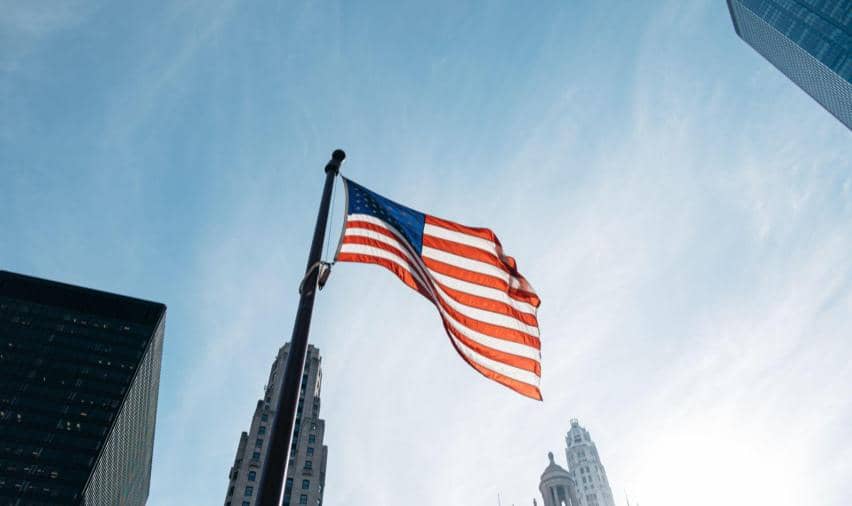Expect more volatility as central banks fight inflation

27 JUL, 2022

Sharply higher inflation has prompted major central banks to raise interest rates. But how high will they go? Will soaring consumer prices force central bankers to tighten monetary policy beyond current expectations? Or will they back off as higher rates start to take a toll on the economy?

In the past, central banks have stepped in to help alleviate financial market stress. But Fed officials may not have that kind of flexibility anymore, with inflation running at a 40-year high. Also in Europe where growth prospects are more uncertain than in the US, the European Central Bank appears much more concerned about the upside risks to inflation than the downside risks to growth. As such it will continue to tighten later in 2022 and into 2023, unless there is a severe growth shock and/or a more rapid fall in inflation.
Over the Fed’s last three rate-hiking periods, the average time between the first rate increase and the start of a recession was 38 months.

Sources: Capital Group, Chicago Mercantile Exchange, Federal Reserve Bank of St. Louis, National Bureau of Economic Research. Upper bound of target range is used since 2008. Actual data and market expectations, shown for illustrative purposes only, are as at 15/6/22.


